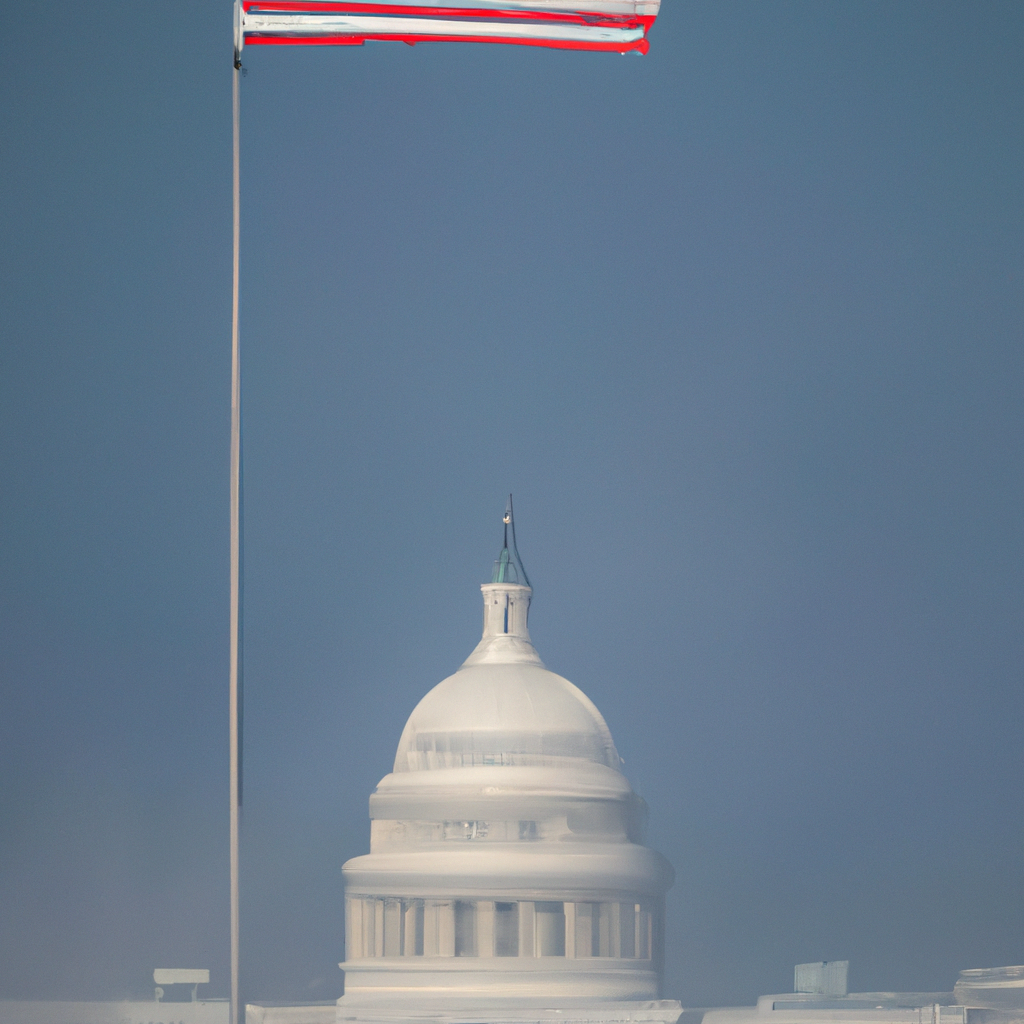President Biden becomes the first sitting U.S. president to visit the Amazon rainforest. On Sunday, November 17th, after witnessing the devastation caused by drought up close, Biden stated that even with the incoming Trump administration scaling back efforts to address climate change, no one can reverse the “clean energy revolution” happening in the United States.
The Amazon region is vast, equivalent to the size of Australia. However, improper development is rapidly shrinking this tropical rainforest, with rivers drying up.
Biden emphasized that addressing climate change is a decisive mission during his presidency. He has been pushing for cleaner air, water, and energy, including passing the largest climate change spending bill in U.S. history.
However, Biden is set to hand over leadership to the Republican-elected President Trump, who is unlikely to continue Biden’s policies. During the campaign, Trump frequently dismissed climate change as a “hoax.”
Trump has pledged to withdraw from the Paris Agreement again, a global pact aimed at averting the threat of catastrophic climate change. He has also expressed support for the U.S. fossil fuel industry and nominated oil and gas industry executive Chris Wright as the new Secretary of Energy.
“Indeed, some may try to deny or delay the clean energy revolution happening in the United States,” Biden said at his podium in the Amazon rainforest. He was surrounded by giant tropical fern plants.
“But no one can reverse this revolution, no one can do so—regardless of party or ideology, when so many are benefitting from the advantages this revolution brings, no one can reverse this revolution.”
Biden said, “The question now is which government will block the way, and which government will seize this great opportunity.”
His visit coincided with the UN climate conference in Azerbaijan. Next year, Brazil will host this international gathering.
While touring the Amazon basin by helicopter, Biden witnessed severe soil erosion, stranded ships, and damage caused by fires. He also passed through a wildlife sanctuary for endangered monkeys and birds, and the vast waters where a tributary of the Negro River flows into the Amazon River. Nobel laureate and climate change expert Carlos Nobre joined him on the tour.
Biden also met with indigenous leaders and visited a museum at the entrance to the Amazon. He then signed a proclamation designating November 17th as International Conservation Day.
The Amazon is home to many indigenous tribes and 10% of the Earth’s biodiversity. Around two-thirds of the Amazon River basin lies within Brazil’s borders. Scientists believe that the destruction of the Amazon poses a catastrophic threat to the planet.
In the forest, Biden delivered a brief speech, attempting to underscore his commitment to protecting the region. He stated that U.S. international climate financing is expected to reach $11 billion in 2024, six times more than when he took office.
“The fight to protect the Earth is essentially a battle to protect humanity,” Biden said.
Last year, the Biden administration announced plans to donate $500 million to the Amazon Fund, the most critical international cooperation project for rainforest preservation, primarily funded by Norway.
The U.S. has already provided $50 million, and the White House announced on Sunday it will provide an additional $50 million.
The Amazon basin has endured two years of historic drought, leading to dry riverbeds, isolating communities relying on water transport, and affecting fishermen’s livelihoods. The drought also sparked wildfires, burning an area larger than Switzerland.
Brazilian President Luiz Inácio Lula da Silva pledged to achieve “zero deforestation” by 2030, although his term only lasts until 2026.
Official data released last week showed a 30.6% year-on-year decrease in forest clearing in the Brazilian Amazon region in the 12 months ending in July, reaching the lowest level in nine years. However, during these 12 months, the Amazon forest area still decreased by 6,288 square kilometers, equivalent to the size of Delaware.
Biden is the first sitting president to visit the Amazon region. Former U.S. President Theodore Roosevelt traveled to the region with the help of the American Museum of Natural History after his defeat in 1912.
Roosevelt embarked on an expedition with his son and naturalists, covering approximately 15,000 miles. The former president contracted malaria after a shipwreck and suffered severe leg infections.
This visit to the Amazon is part of Biden’s six-day South American tour, his first visit to the continent as President. He departed from Lima, Peru, where he attended the annual Asia-Pacific Economic Cooperation (APEC) summit and met with Chinese leader Xi Jinping.
Following that, he will head to Rio de Janeiro for this year’s G20 Leaders’ Summit.
(This article referenced relevant reports from the Associated Press)

